WHAT TO EXPECT
If this is your first puppy, you’ll quickly realize that puppies are determined to chew on things they’re not supposed to and have enough energy to wear YOU out! Puppies are a lot of work, but with the right training and guidance, they will be a great addition to your family.
Puppy proof the house before bringing the puppy home and be sure to have everything ready before making introductions to established pets and the whole house.
HOW TO PREPARE YOUR HOME
Puppy proofing your house is the first step prior to bringing your new pup home. This means hiding electrical wires, putting shoes away in a closet, being sure all of your garbage cans have lids, confining spaces with baby gates, and to make sure your backyard is hazard-free as well as flight-risk free!
The next thing you’ll want to do is to go shopping! Crate, collar, leash, puppy food, food and water bowls, brush, and chew toys are the basics you’ll need. Consider buying two crates so your puppy can use one in your main living space, such as the kitchen or family room, as well as have a crate in your bedroom. This will be where he goes to sleep and to relax.
FIRST DAY HOME
When your puppy finally does come home, supervise as they explore. Be sure to not let them run around the entire house for the first few weeks to avoid any unwanted behaviors. Baby gates are a great way to block off a smaller area of your home for your puppy to explore. If you have other pets, have their first interactions be in a controlled environment. This means to have both dogs on leashes, but not with too much tension, and in a neutral area that doesn’t have the smell of one overpowering the other. Their first interaction should be brief as well to avoid any potential aggression. Keep the interactions positive and brief until both pets have body language that shows they are comfortable and accepting.
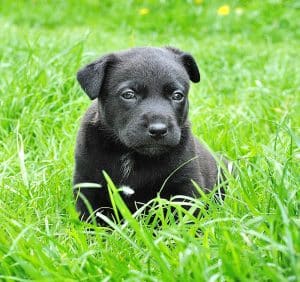
FEEDING
Puppies should eat three times daily until they are about 6 months old. To help with the potty training, it’s best to give them meals as opposed to free feeding. During each feeding, if there is food left in the bowl after about 15 – 20 minutes, remove the food from the bowl and offer it up later. Dry food can be used as treats during training sessions as well. Your puppy should be on a puppy specific food until about 9 months. If you have a large breed of dog, it’s recommended to feed puppy food specifically formulated for large fast growing breeds. When switching brands or formulations, remember to take 7-10 days to transition them to the new food to avoid any stomach upset.
The general rule of thumb for puppies is that they should eat 1 cup of dry food per 10 pounds of body weight. Once they’re considered adults, which is typically between 12-18 months, the general rule of thumb is 1 cup of dry food per 20 pounds. Be sure to keep this in mind when using dry food as treats!
CRATE TRAINING
The crate should always be a positive and safe place for your puppy. Crate training should be positive so eventually your pup will go in voluntarily as they establish it as their ‘safe space’. We advise feeding your puppy in the crate so they can learn that it’s associated with positive things.
The crate should not be used as punishment for any accidents or bad behavior. Be sure to practice crate training when you are staying home too. If you only place your puppy in the crate when you are leaving they may develop a dislike for it. We advise giving a treat or chew toy when entering the crate and then rewarding with food treats when they remain quiet. Be careful to avoid giving attention when vocalizing as you may accidently train your pet to bark or whine while in their crate.
POTTY TRAINING
Potty training is one of the essential parts of puppyhood. Young puppies are unable to hold their bladder for long periods of time, so it is advisable to set up a schedule for them, similar to their feeding schedule. Be sure to take your puppy outside after eating, playing or napping and at least every few hours for the first few months. Remember to always keep it positive – reward the puppy as soon as they go to the bathroom. If there is an accident, clean it up right away. Scolding the puppy after the accident has happened will not teach anything other than you have unpredictable behavior. If you catch your pup in the middle of an accident, redirect them outside and reward when they go to the bathroom. You can help your puppy learn how to communicate with you by training them to ring bells on the door when they need to go outside. Potty training can be tricky and at times difficult so never hesitant to call with questions or concerns.
VETERINARY CARE
It’s recommended to schedule your puppy’s first veterinary visit within the first week of bringing them home. Be sure to bring in the paperwork from the rescue, shelter or breeder as it will contain important information on when your puppy’s next immunization is due. Also bring in a stool sample so appropriate deworming medication can be prescribed. Puppy vaccines can be very involved and typically your new puppy will need an appointment every 2-4 weeks for the first few months. It’s important to make each visit a positive one. We will give them lots of treats or toys to be sure that they love their visits. The Fear Free approach we use will make your puppy run through our doors to greet us. However if your puppy is nervous at the veterinary office we recommend Happy Visits. Happy Visits are visits where we’re not examining them but you bring them in to receive treats or toys from the staff and they can explore the exam room. Best of all, it doesn’t cost anything! Give us a call ahead of time and we can schedule a Happy Visit where we can help build on the positive association with coming to the veterinarian that we all want for your new furry friend.

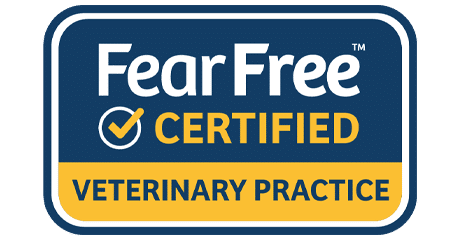
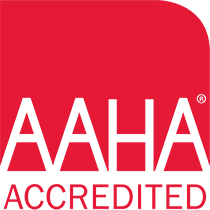
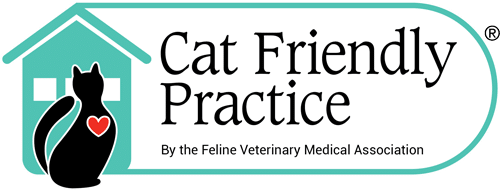

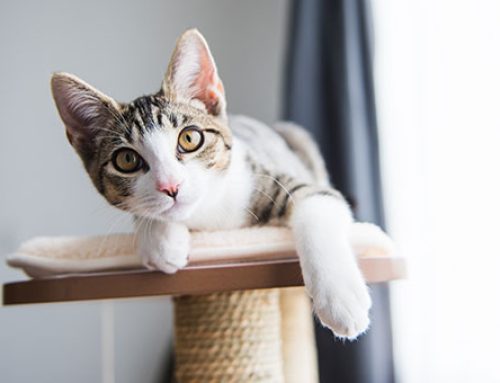
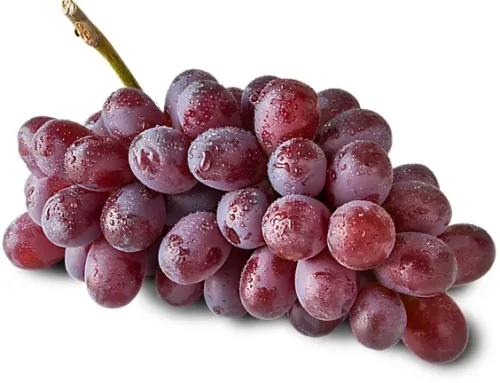
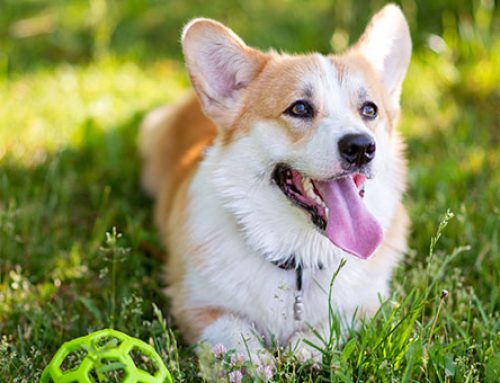
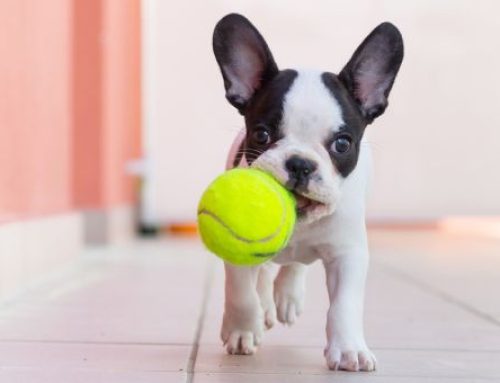







Leave A Comment